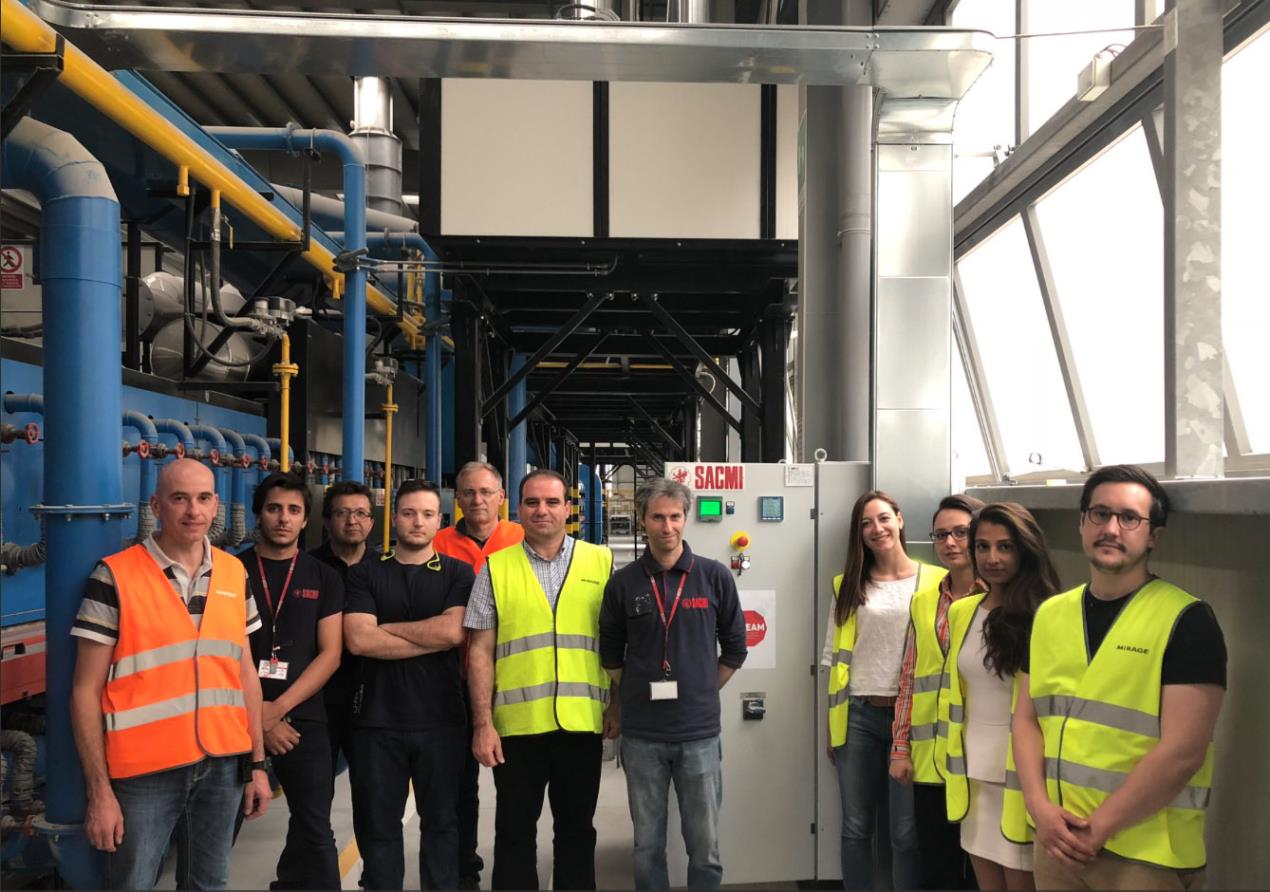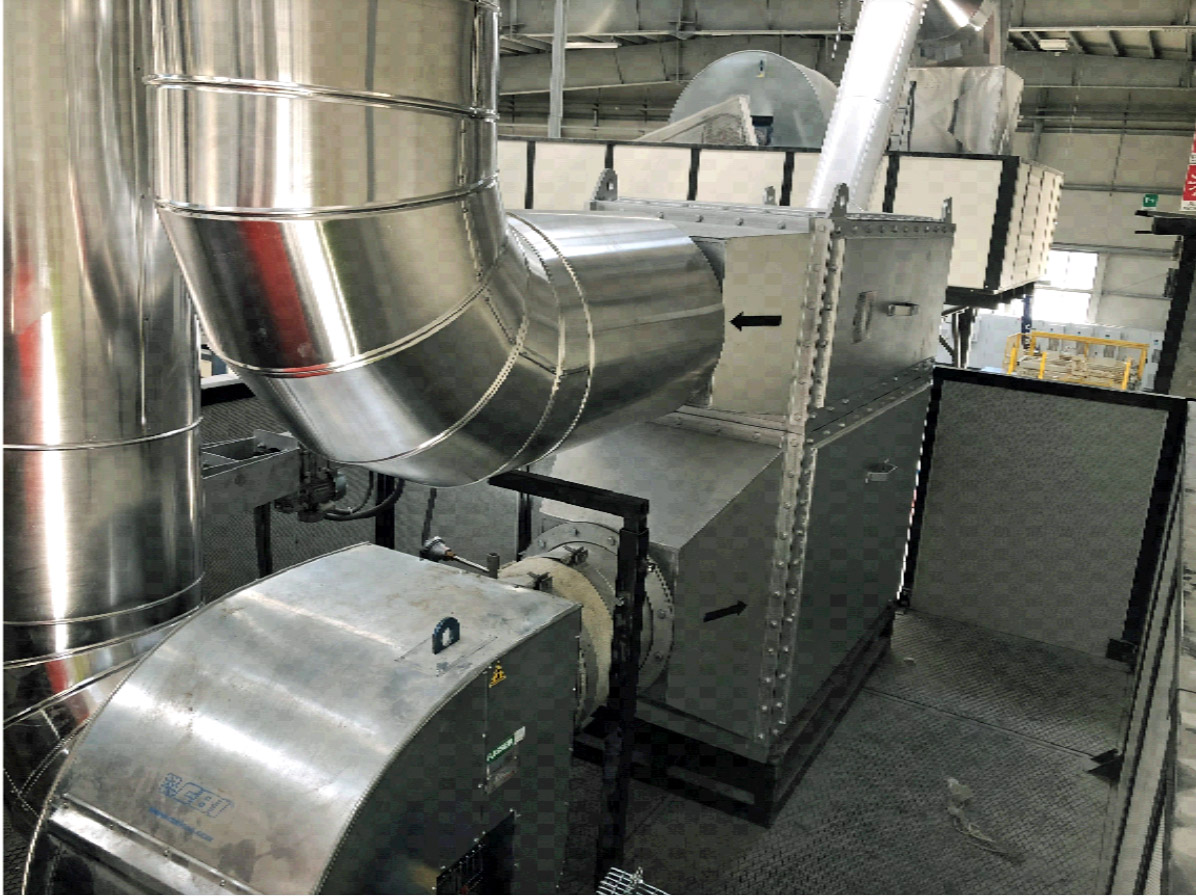Heat-pipe technology is fuelling a new generation of low-energy, low-emissions kilns recasting Europe’s world-leading ceramics industry into a model in sustainability.
From tiles and tableware to toilets, Europe makes a quarter of the world’s ceramics, making €30 billion a year and employing 240,000 people. Downsides are its thirst for thermal energy, vast energy waste and CO2 emissions.
Results just in from a £5m project which installed a heat pipe exchanger at a working tile factory in Pavullo, Italy,show huge-scale savings on energy, costs and emissions.
The H2020 DREAM project (Design for Resource and Energy efficiency in cerAMic kilns) added new industrial heat pipes to a new-generation roller kiln at Mirage tileworks.
Monitoring over six months shows the newly installed heat pipe system has helped cut emissions by 205.5 tonnes a year and saved £28,000 a year.

“We installed a system which is the first of its kind in this industry,” said flat heat-pipe system designer Professor Hussam Jouhara at Brunel University London (pictured centre).“The system itself didn’t impact the factory’s day-to-day running. It is invisible to the process. All it does is save them money and energy.
“We are recovering about 360MJ of energy each working hour” – enough to power the average UK home for 2 days – “and this is offsetting heat which would otherwise come from burning natural gas in a stage that dries raw materials.”

Heat pipes transfer waste heat from the post-firing cooling process, to be reused to warm air for the dryer, which runs at about 200 °C. This heated air can also be recycled to feed the kiln’s burner and centrally heat the factory.
Tests in the factory show the Heat Pipes Heat Exchanger recycles this waste heat 25% more efficiently than conventional heat exchangers.
Figures show firms should make their money back in savings within two years of installing the Heat Pipes Heat Exchanger.
“This innovative idea designed by Brunel is implemented in a real environment in the ceramics industry” added Prof Jouhara. “It’s money-saving, clean and with lower carbon emissions from burning less fossil fuel. Therefore, it reduces the overall carbon footprint of the factory. As a result, it generates profit, giving the end-users a competitive advantage, which allows them to increase their profit margins. It also puts the end-users in a stronger position in the industry and enables them to generate higher level of growth within the market.”
Find out more about mechanical engineering at Brunel.
Reported by:
Hayley Jarvis,
Media Relations
+44 (0)1895 268176
hayley.jarvis@brunel.ac.uk